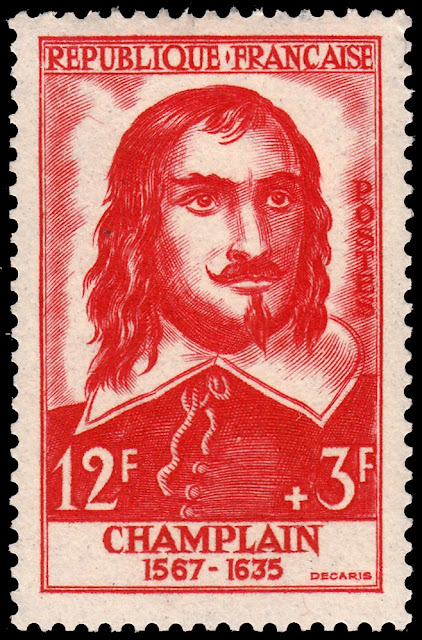To say he was a man of many talents would be a massive understatement. He was the very definition of the title "polymath". Inventor, scientist, politician, printer, and diplomat to name but a few of his pastimes. The man, if you haven't already guessed, is Benjamin Franklin.
To write an in-depth biography of Benjamin Franklin I'd need far more space than I usually allow for a blog - probably need a rather large book actually! So what I'll do here is try to concentrate on some of the more uncommon things about Benjamin Franklin. First off let's quickly get acquainted with Benjamin Franklin. He was born in Boston, Massachusetts on January 17 1706. His father, Josiah Franklin, was a soap and candle maker. Josiah had two wives, fathering seven children with the first, and a staggering ten with the second wife! Ben was the fifteenth child. Ben started out working in his father's shop, but melting wax all day wasn't for him. He then tried his hand at the printing business under the tyrannical rule of his brother. He hated working for his brother, so he struck out on his own by moving to Philadelphia. From here his career thrived.
Now to some things about this great man that I personally didn't know. Ben Franklin is rather famous for his inventions such as bifocal glasses and the lightning rod. But I did not know that he also invented the flexible urinary catheter. I also didn't know that he never chose to patent any of his inventions, believing that they should be freely accessible to all.
Franklin also revitalized the idea of Paying it Forward. This is the concept of doing a good deed of some kind to a person and instead of the person paying you back they in turn do a good deed for someone else. An excellent practice in my opinion. This idea was first introduced as a key plot in Menander's play Dyskolos (The Grouch) which was performed in Athens in 317 BC. In a letter to Benjamin Webb dated 25 February 1874 Ben Franklin suggests the use of such a concept.
Another interesting tidbit I just read about. Ben was a very accomplished chess player, and his travels in Britain and France gave him the opportunity to duke it out with some of the greatest chess minds of the time.. When in Paris, both as a visitor and later as ambassador, he visited the famous Café de la Régence, which France's strongest players made their regular meeting place. Unfortunately, no records of his games have survived, so it is not possible to ascertain his playing strength in modern terms.
I also didn't realize Ben Franklin was the first Postmaster General of the United States. And interestingly, aside from George Washington, Ben Franklin appears on US postage stamps more than any other famous person. He first appeared on a US postage stamp in 1847.
Benjamin Franklin also appeared on the famous long-running Washington-Franklin series from 1908 to 1923. And many more issues, but amazingly on only a few commemorative issues. One commemorative issue he did appear on was engraved by perhaps the best stamp engraver in the world, Czeslaw Slania. This stamp issued in 1983 was a joint issue with Sweden.
He died on April 17 1790 in Philadelphia, Pennsylvania at the ripe old age of 84.
***
On 12 November 1956 France issued a set of six stamps featuring famous foreigners who worked in France. One of the stamps features Benjamin Franklin, who, as mentioned above, worked as a ambassador in France. The stamp was designed and engraved by Albert Decaris. In this design, Decaris captures the witty and playful nature of Franklin not seen in a lot of his portraits. I like this stamp. It was fun and quirky.
Until next time...















